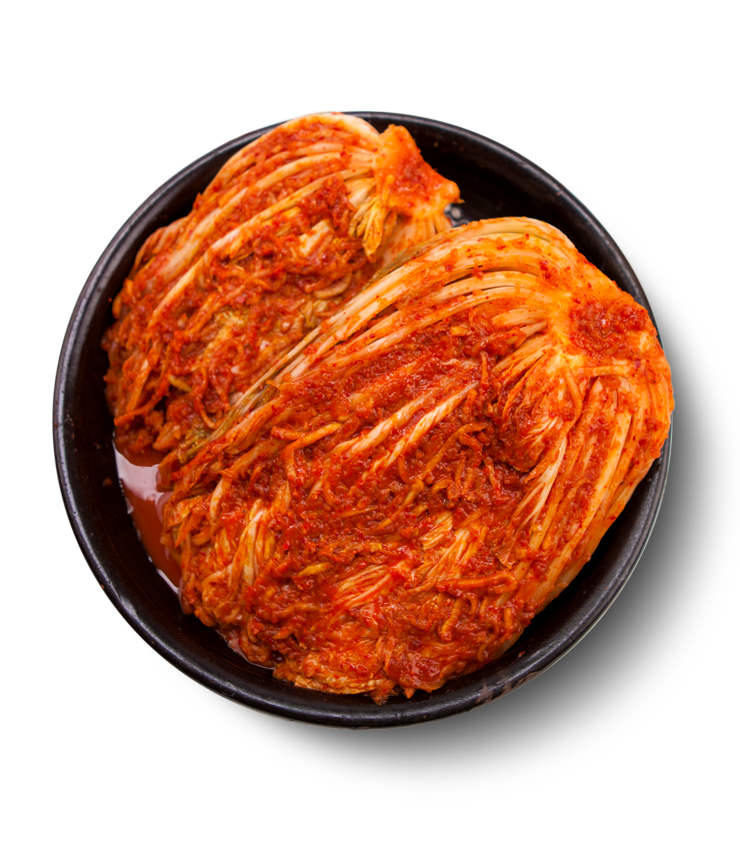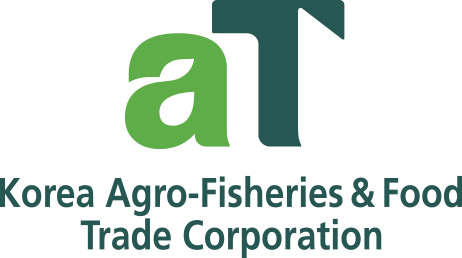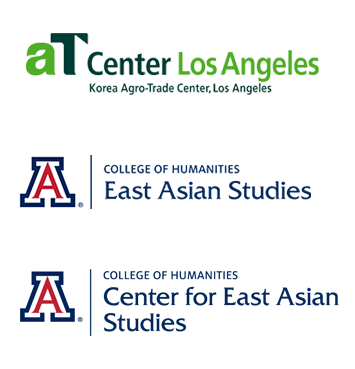KIMJANG:
Making and sharing kimchi
Kimjang is an important cultural practice in Korea, where families and communities gather in late fall or early winter to make and share large quantities of kimchi for the winter months. It serves as a unifying tradition throughout Korea, with regional variation in ingredients and methods. Kimjang has deep cultural significance, with Korean housewives and grandmothers traditionally taking a central role in leading the process. It provides a place for them to connect with one another and strengthen familial bonds. Unique kimchi recipes are passed down from one generation to the next through this unique cultural experience.


MAKING KIMCHI
Ingredients of Kimchi
Salt
Salt is key in kimchi for its flavor and assistance in fermentation, with aged sea salt recommended to enhance quality and longevity by aiding proper water removal and inhibiting harmful microorganisms.
Chili Pepper
Chili pepper flakes give kimchi its signature red color and spicy flavor. The capsaicin in the peppers prevents spoilage and supports the fermentation process.
Garlic
Garlic in kimchi supports fermentation by producing key metabolites and prolongs the fermentation period by slowing microorganism growth, enhancing both flavor and shelf life.

Jeotgal
Jeotgal, which is salted seafood, enhances the kimchi’s flavor and aroma while providing protein for LAB and contributing to the development of essential amino acids and metabolites during fermentation.
Napa Cabbage
Baechu is an essential ingredient in kimchi. The ones most suitable for kimchi are heavier than their appearance and have unblemished leaves. The refreshing crunch and flavor makes it integral to kimchi.
Ginger
Ginger in kimchi slows the growth of early-stage LAB, so it is important to use the right amount to balance flavor without overpowering the taste.






Types of Kimchi
Exploring the Regional Diversity of Kimchi

Cabbage-Kimchi
Baechu kimchi is the most famous type of kimchi and the variety most people think about when hearing the word “kimchi.” A marinade made from a variety of ingredients including red peppers and garlic is stuffed between the leaves. It has its own unique flavor depending on the region.
Kkakdugi (Radish Kimchi)
This kimchi is made with diced radish and is heavily seasoned. It is often made with radishes, scallions, mustard greens, soft radish greens, or the stems of kimchi cabbage.


Dongchimi
This kimchi is made with whole or sliced radish and has a clear and sour soup. It is made in the winter, just before the usual kimchi season, and its soup tastes cool and refreshing. Therefore, the soup is often used as an ingredient in noodle broths in the summer. Compared to other types of kimchi, it has a relatively short aging period and is fermented slowly at a low temperature, which gives it a cool flavor.
Green Onion Kimchi
It is a type of kimchi made by marinating green onions in a mixture of fish sauce, red pepper flakes, rice gruel, ginger, and garlic. It has a rich flavor because of the flavorful marinade and fragrant green onions. It is best eaten in the late fall or early winter.


Yeolmu Kimchi
Yeolmu kimchi is made from young radishes that are covered in a sauce made from traditional kimchi seasonings. Its soup differentiates it from other varieties of kimchi and its refreshing flavor makes it a popular treat that is often enjoyed in the summer.
Baek Kimchi (White Kimchi)
This kimchi is named after its white color. This variety is different from its counterparts as it is not spicy due to the lack of red pepper flakes, thus making it popular with children and those who cannot eat spicy food.


Chonggak Kimchi
Chonggak kimchi is made from a variety of radish called ‘chonggak mu.’ It received its name from its leaves looking like the ponytails young Korean bachelors wore in premodern Korea. It has a crisp, crunchy texture and a spicy flavor.
aT Center

aT Center America is the American regional headquarters of the Korea Agro-Fisheries and Food Trade Corporation in the Republic of Korea with branches in Los Angeles, New York, and São Paulo. The office plays a vital role in the promotion of trade, exportation, and marketing of Korean foods and beverages around the world.

